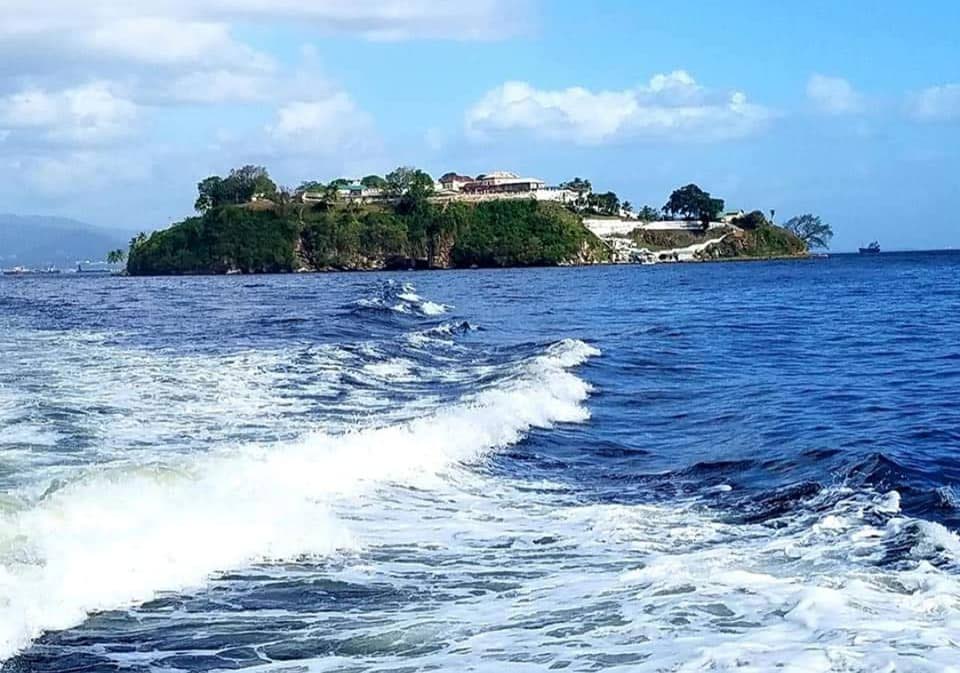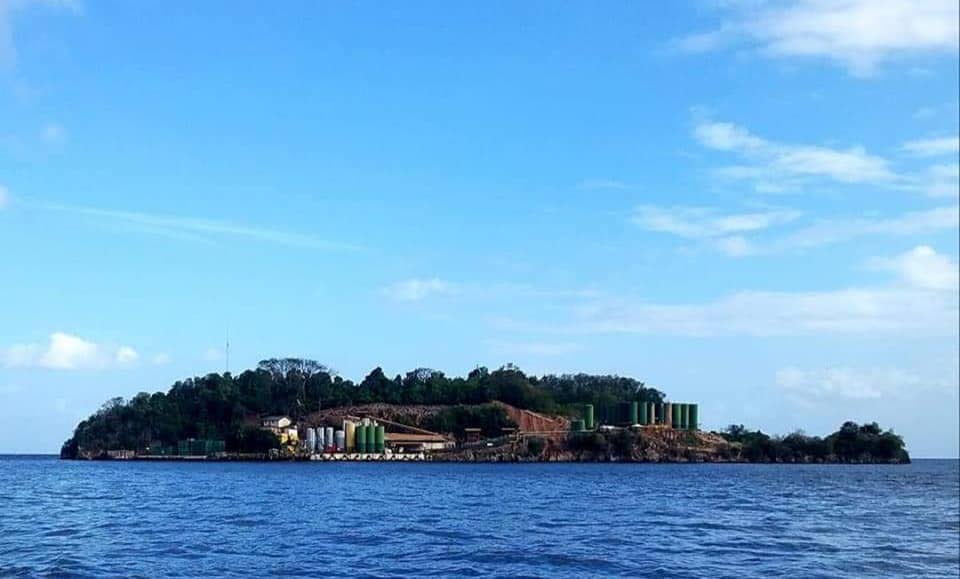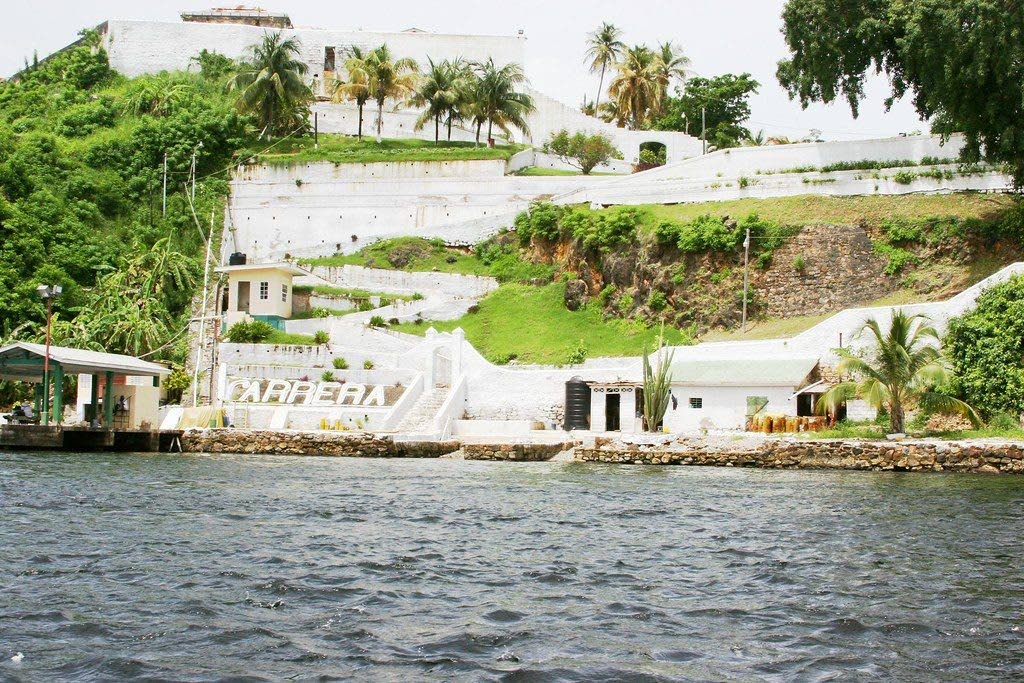Hidden gems – Our lesser-known isles

KAMI ALLONG AND ALEXANDRA GRAY
While Trinidad and Tobago is often called a "twin-island republic," this label barely scratches the surface of its true geographical diversity.
Scattered throughout Trinidad and Tobago waters are numerous smaller islands, each with its own unique history, unknown to even some of the nation’s citizens.
Most of these islands remain uninhabited and untouched by modern development, serving as sanctuaries for wildlife and havens for exploration.
For the most part, our little sister isles are grouped based on proximity and shared discoveries. There are six groupings:
D Bocas
The Bocas Islands or Las Bocas del Dragón (the Dragon's Mouth) are affectionately referred to as "D Bocas."
These little wonders are in the northwestern marine territory of Trinidad, with Chacachacare being the westernmost of that group as recently as 1942, when Patos Island was traded for Soldado Rock in a show of camaraderie between the TT and Venezuelan governments.
The other islands of D Bocas include Monos, Huevos, Gaspar Grande and Gasparillo Island (Centipede Island).
Five Islands
We shouldn’t let this name fool us, as there are in fact six little sisters in this grouping: Caledonia Island, Craig Island, Lenegan Island, Nelson Island, Pelican Island and Rock Island, the first two of which are joined by a man-made causeway.
San Diego Islands
This pair of islands, Carrera and Cronstadt, are within closest proximity to Trinidad’s northwestern peninsula and are the first landmarks on any voyage "down de islands."
Gulf of Paria Islands
Situated in the Gulf of Paria, Farallon Rock and Soldado Rock hold geological and historical importance in TT’s maritime landscape.
Soldado Rock, in particular, has been pivotal in defining the maritime boundary between Venezuela and TT.
North Coast Island
Saut d’Eau, the lone island off Trinidad’s northern coast, stands as another distinctive feature along Trinidad's coastline.
Off Tobago Islands
Little Tobago, St Giles Island and Goat Island, just off Tobago’s northeastern shores and Sisters’ Rock on the west, offer opportunities for exploration, wildlife observation and marine adventures.
These four islands, steeped in natural splendour and biodiversity, contribute to Tobago's reputation as a tropical paradise and a haven for eco-tourism enthusiasts.
For the first part of our Hidden Gems series, we will be taking a closer look at the San Diego Islands both of which, as mentioned, lie off the west coast of Trinidad:
Cronstadt Island
Cronstadt, nestled between the Bocas Islands and the Five Islands, boasts scenic beauty with its mountainous terrain formed from limestone remnants of a reef.
Along with Carrera Island, Cronstadt has been identified as lower cretaceous laventille formation fossiliferous limestone on the geological map.
Positioned south of Chaguaramas Bay, this islet is adorned with lush vegetation, which, according to some sources, conceals a small crater from an extinct volcano.
Cronstadt, originally known as Begorrat Island, spanning 11 and three-quarter acres, holds historical significance as it is linked to St Hilaire Begorrat, a prominent figure in the post-Spanish era.
Settled here after the Cedula of Population of 1783, Begorrat, a Frenchman, was renowned for his intriguing persona, being both a slave owner and a cunning merchant smuggler. Despite the illegal nature of his operations, Begorrat managed to rent the island directly from the Cabildo, led by a Spanish governor.

Historian Angelo Bissessarsingh portrays him as a colourful character, using the island to conduct clandestine trade activities, in defiance of Spanish governance and trade laws.
Cronstadt's history unfolds through a series of significant transformations. Beginning in 1850, limestone mining activities thrived on the island for over a century, until 1970. In 1919, it briefly served as a holiday retreat and health facility for the Trinidad Constabulary. In 1922, a portion of the eastern side, spanning three acres, was leased to the RC Archbishop of Port of Spain, and later bought by the Crown in 1946.
It was also a favoured recreational destination for successive governors of the territory.
In 1953, the island's western portion, covering eight and three-quarter acres, was leased to Barytes and Minerals Ltd for limestone quarrying, with operations suspended thereafter.
Today, Cronstadt has evolved into a wildlife refuge, hosting a crucial barite processing plant essential to the oil industry and functioning as a minor shipping port near the Port of Spain Harbour.
Its predominant feature remains the barite processing plant, pivotal in producing barium sulphate, a vital component in the oil industry, serving as a filler and weighting agent.
Carrera Island
Carrera Island, one of the San Diego Islands nestled in the Gulf of Paria, covers around 20 acres and was known as Isla Carrera during Spanish rule.
It derived its name from a shipping agent who lived in Port of Spain during the late 1830s. He leased the island with the intention of establishing a holiday resort.
Renowned for its grim history, the rocky limestone outcrop served as a prison island, with the construction of a substantial stone-walled prison complex starting in 1876 and concluding by 1880. Initially used as a temporary prison depot in the mid-19th century, Carrera gained infamy for incarcerating society's most notorious criminals, akin to the renowned Alcatraz in the US.
Despite the announcement of its intended closure by the government in 2013, Carrera remains a functioning prison.
In 1854, convicts laboured on cutting a channel, later named Hart’s Cut, at Pointe Gourde, an endeavour that proved beneficial to the inhabitants of Chaguaramas, Monos and Chacachacare by providing a safer passage.

Over time, Carrera served as a short-lived quarantine depot for Indian indentured labourers and a site for punishing convicts with gruelling tasks such as quarrying stone for road construction.
Throughout its history, Carrera witnessed numerous hardships endured by prisoners, including starvation diets and brutal forms of punishment, such as floggings and solitary confinement.
During World War I, Carrera prisoners were conscripted to aid in military efforts, including constructing a gun emplacement on Gaspar Grande Island, a task overseen personally by the then governor of the colony, Sir John Chancellor, among others.
Despite efforts to improve conditions, such as adult literacy classes, vocational training and expansion of facilities, these improvements may have failed to make an impact on all, with some, like the infamous Boysie Singh, meeting their end at the gallows.
Inmates who committed misdemeanours faced penalties such as solitary confinement in foul-smelling cells, beatings with the dreaded cat-o’-nine tails whip and receiving only a meagre meal of bread and water each day.
The island's grim reputation prompted desperate escape attempts, with prisoners risking their lives by swimming through shark-infested waters to reach freedom.
Bissessarsingh advocated for the preservation of Carrera as a testament to its tumultuous past and potential tourist attraction, drawing parallels to other former prison sites like Alcatraz and Devil's Island.
With its rich yet harrowing history, Carrera Island stands as a reminder of TT's complex past and the enduring resilience of its people.
This article was submitted by the Geological Society of Trinidad and Tobago (GSTT).


Comments
"Hidden gems – Our lesser-known isles"